For the first time this season it snowed at elevation 6,000 feet, just in time for the annual Snowfest. Another refreshing change was that weather forecasters actually under predicted snowfall amounts. Squaw Valley received 34 inches up top and nearly two feet of fresh snow on the valley floor. Conditions were great at Squaw and Alpine over the weekend. Backcountry conditions on north faces in particular have held up all week.
Page 4 of 42
Last weekend’s precipitation greatly improved ski conditions and local morale in the Tahoe Region. Elevation 6,000 received nothing but rain while elevation 8,000 was caked with nearly two feet of dense pow. Skiers have been smiling all week. You can shred great terrain up high and finish your ski day with a beer on the grassy surroundings of Le Chamois in Squaw Valley.
Meanwhile, not all of California is in a drought. Mt. Shasta received 10 inches of precip (five feet of snow) last week and is at 120% of normal. Check it out:
Mt. Shasta Conditions report February 11, 2015
On January 23 American ski mountaineer Dave Rosenbarger was killed in an avalanche on the Italian side of Mt. Blanc. Originally from Oregon, Dave had spent summers in Tahoe and winters in Chamonix since 2003. He was a passionate soul skier and his zest for life rubbed off on nearly everyone he met. He was thirty eight years old.
Here we are waiting for winter to show up for the fourth season in a row. There is some descent skiing up high but no snow whatsoever at 6,000 feet which greatly limits access and options. A recent NPR broadcast used the term Junuary referring to the balmy mid winter conditions which have become a regular occurrence. Meanwhile the ice skating has been quite good. Hockey has become popular on many reservoirs near Truckee. Some high alpine lakes have clean slates of spectacular black ice. Around the New Year a small shallow section of Lake Tahoe froze creating a once in a lifetime opportunity to skate on the majestic lake that never freezes.
Many Tahopians were thoroughly disappointed that last week’s storm did not live up to to the hype generated by the media machine. Snowfall totals did not even scratch the low end of the forecast and virtually no snow fell at lake level. That said, there is still plenty to be grateful for. Most of drought stricken California received multiple inches of much needed rain. Higher elevations in Tahoe received a couple of feet of wet snow followed by cold nights and days which created velvety powder conditions.
Eureka Peak, located about an hour drive north of Truckee, is home to some of California’s richest ski history and is still a great place to visit today. The gold rush of the late 1800’s brought thousands of eager miners to Plumas County in search of gold. During the winter months, mining operations slowed down and miners looked to winter activities to kill boredom. Longboard skis made from timber were used in the first official ski races in California in which skiers straight ran Eureka Peak reaching speeds of up to 80 miles per hour. Mining ore buckets on Gold Mountain (now Eureka Peak) were used by skiers as possibly the first ski lift in the world.
In the 1950’s Eureka Ski Bowl opened with a rope tow (later replaced by two poma lifts) serving the wide open slopes below Eureka Lake. Eureka Ski Bowl closed some time ago but a new cooperative group has been working to reopen it. They have raised $370,000 so far and have purchased the retired Mainline double chairlift from Squaw Valley. Work has begun on the lower terminal and will continue as funds permit. If the group succeeds, Eureka Ski Bowl will once again be a great place for families and skiers to gather and recreate. The lift will also provide great backcountry access to Eureka Peak proper which has everything from low angle glades to steep, north facing chutes and cliffs.
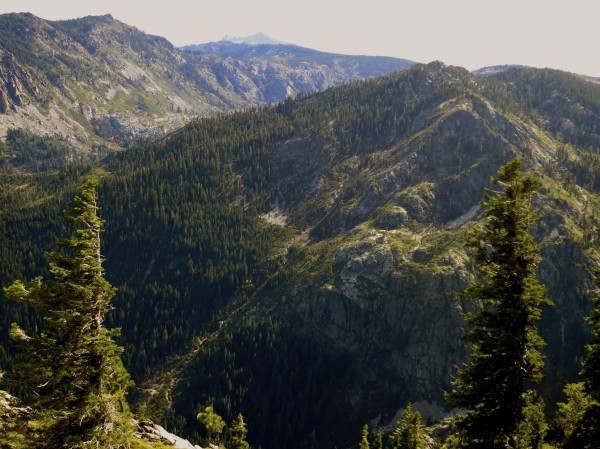
Neighboring Mt. Washington as seen from the summit of Eureka Peak. SBDC hopes to explore this zone in winter as conditions permit.
With or without ski lifts, Eureka Peak is a great place for a backcountry adventure. Eureka State Park is located in Plumas County, about four miles west of the town of Graeagle. From Graeagle, take route 506 past Mohawk to the tiny town of Johnsville. About a mile past Johnsville the road dead ends at a parking lot which is a popular starting point for snowshoers, nordic skiers and backcountry enthusiasts of all types. From the parking lot you can skin up Eureka Ski Bowl to Eureka Lake and Eureka Peak. In the summertime you can take a 4 wheel drive road through the old ski bowl to Eureka Lake and the start of a great hike called the Eureka Peak loop trail. Visiting this part of the Sierra feels like discovering a time capsule of Sierra ski history and a way of life long forgotten.
Never ones to rest on their laurels, Nick Waggoner and Mike Brown of Sweetgrass Productions have followed up their stellar two year project Valhalla (2013), with a short film called Afterglow. The movie includes three main chapters, all of which feature night skiing images of intensifying brilliance with each new segment. Chris Benchetler, Pep Fujas, Eric Hjorleifson and Daron Rahlves provide aesthetically perfect shredding to showcase ski cinematography like nothing you have seen before. Philips Ambilight TV helped finance the effort. If corporate funding can allow producers like Waggoner and Brown turn their hyper progressive visions into art we can drool over, bring it on.
Several projects have kept Squaw Valley and KSL busy this fall. Earlier this month a helicopter placed huge burlap and mesh foil mats over ski runs on Red Dog and Resort Chair terrain. The mats are designed to help with vegetation seeding and erosion control. One might also think they could help the resort open groomers with a minimal amount of snow since the mats basically create a glorified carpet over select ski runs.
Squaw is also undertaking an aggressive forest health management plan which will remove 5,000 dead or diseased trees from the Red Dog region of the lower mountain. Lower level vegetation that could serve as fire fuel will also be removed from Red Dog Face to Poulsens Gully. Although the primary intention of the project is to improve the natural habitat and reduce the risk of wildfire, skiers will be delighted in over 100 acres of new tree skiing access. This should be especially noteworthy on storm days when Squaw struggles to get the upper mountain open.
The 19th Annual Truckee River Day was held Sunday. 400 volunteers completed restoration work at 14 different sites including Prosser Creek, Martis Valley and of course the Truckee River. The three year drought has reduced water levels enough to access and remove large amounts of Eurasion milfoil, an invasive weed which has flourished on the upper portions of the Truckee River.
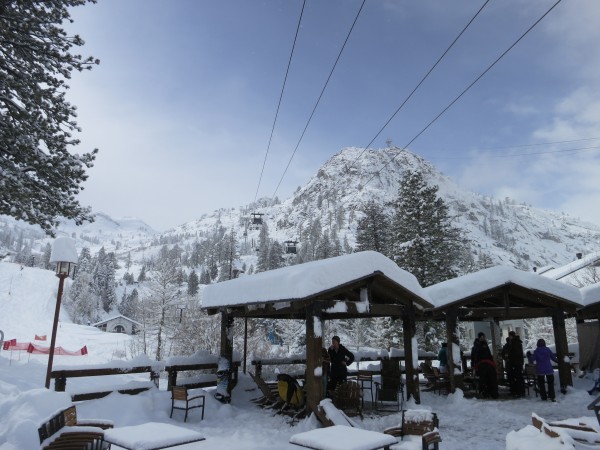
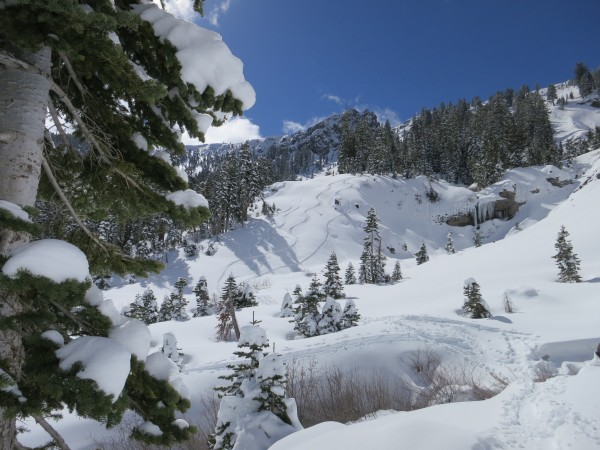
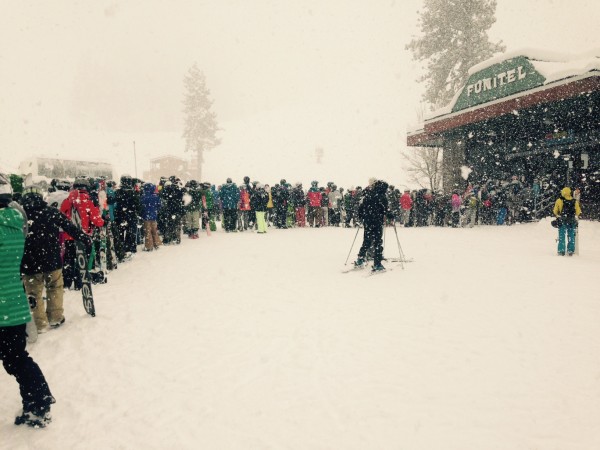
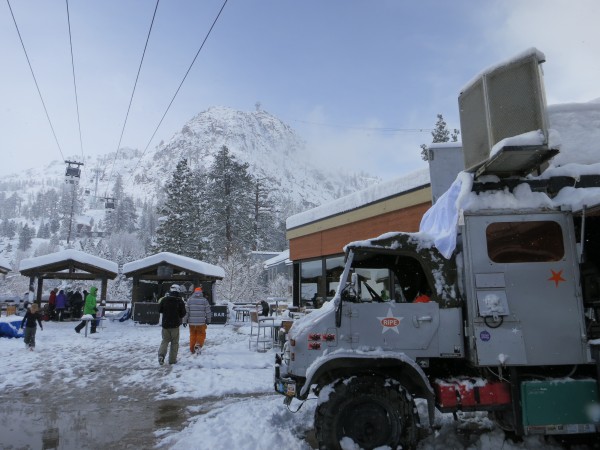
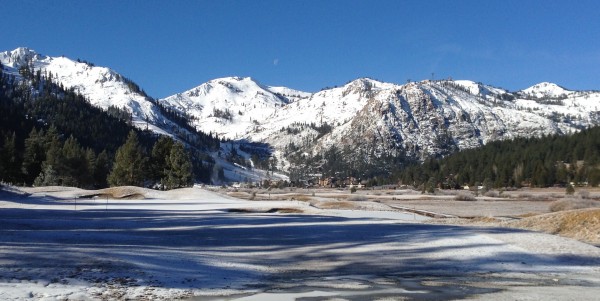
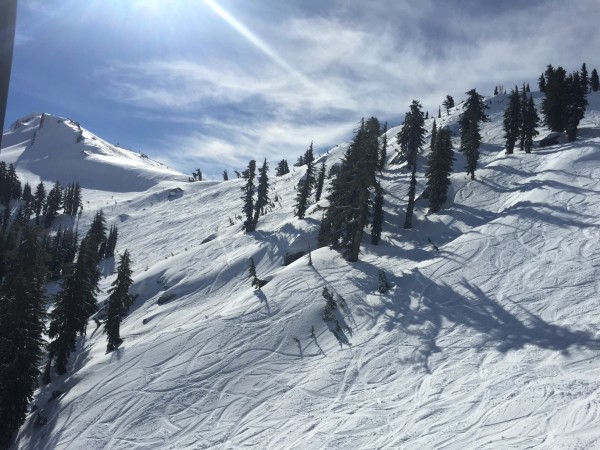
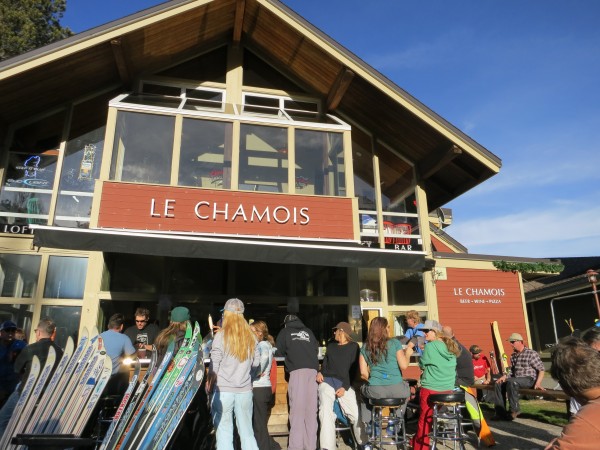
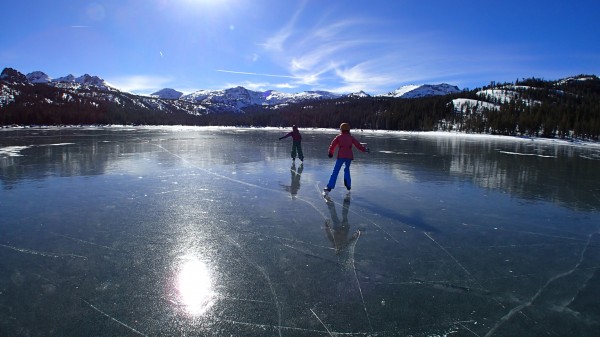
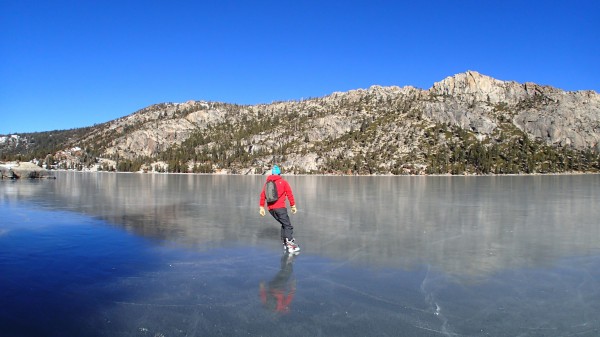
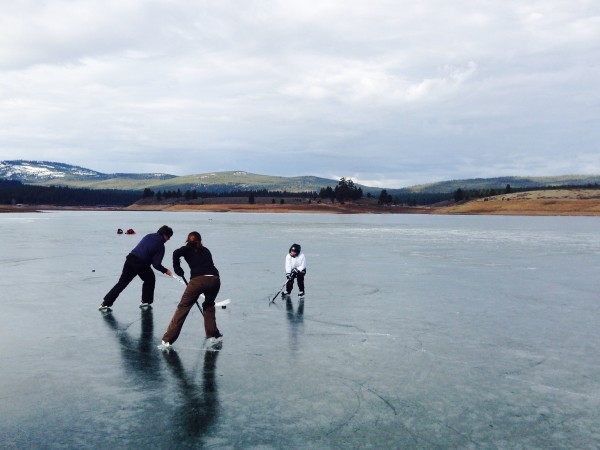
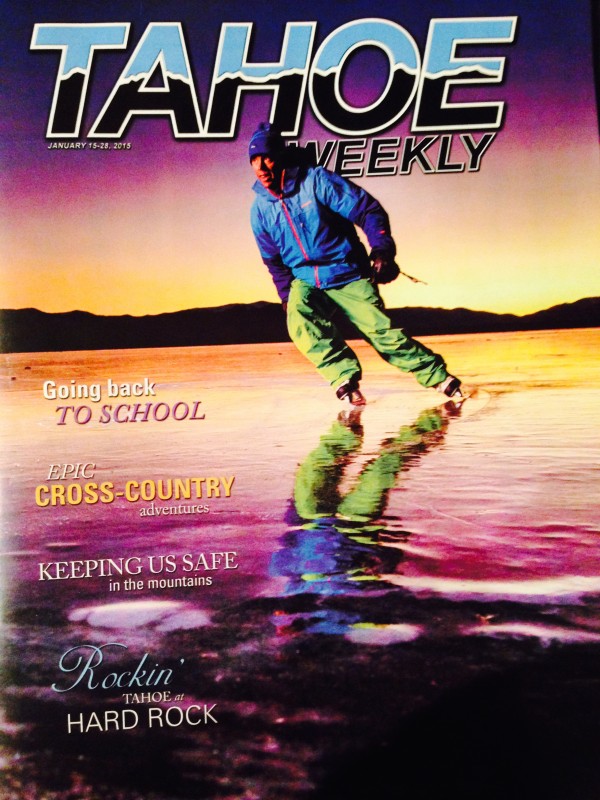
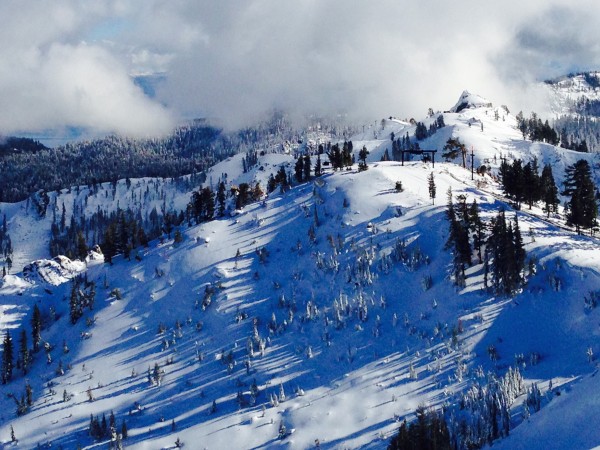
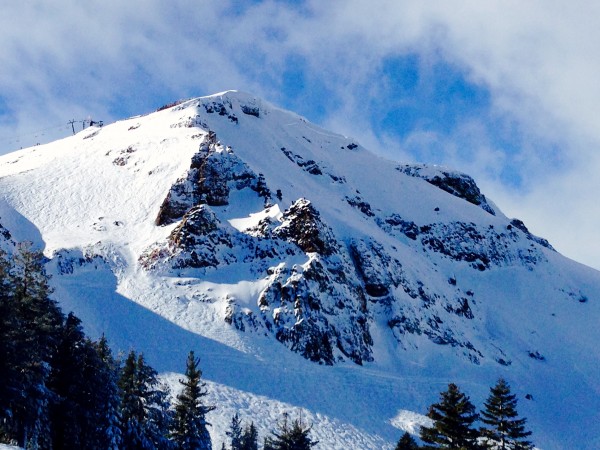
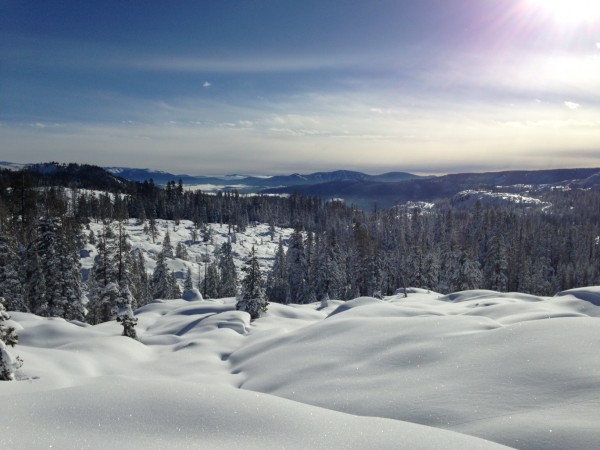
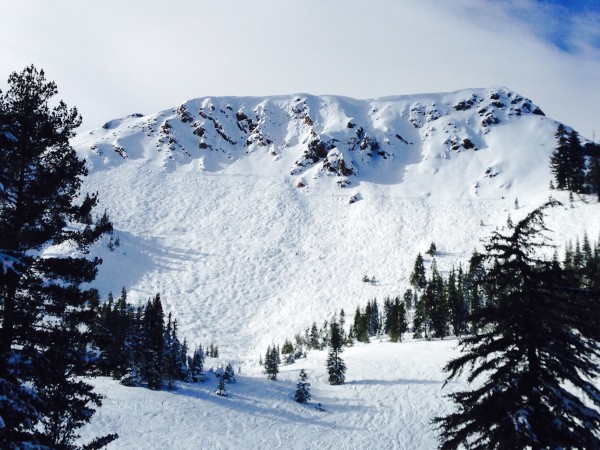
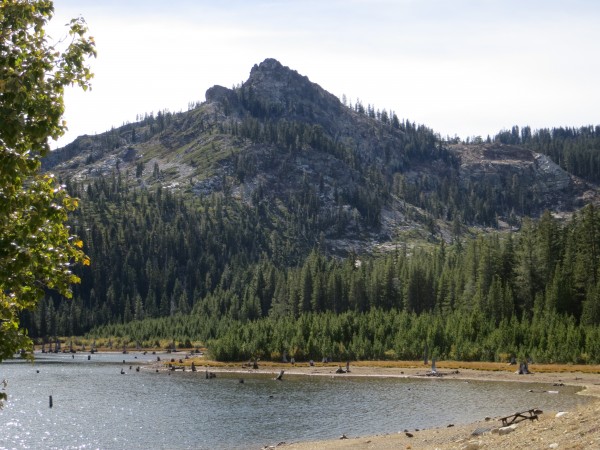
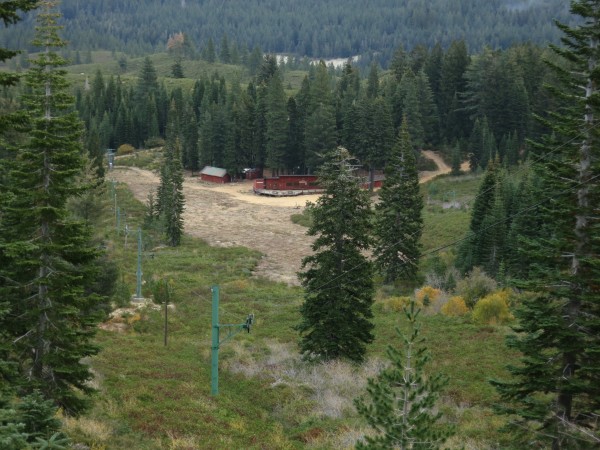
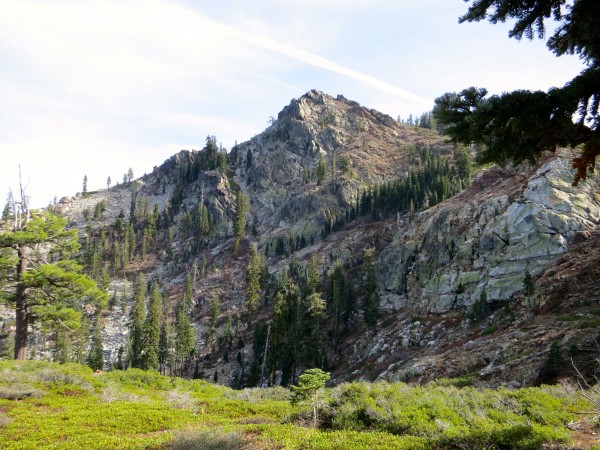
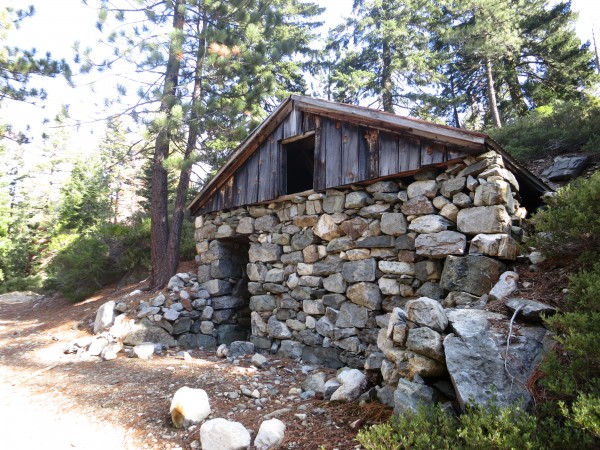
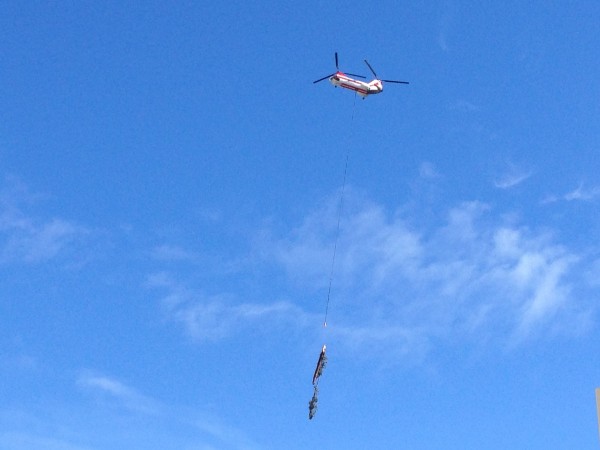
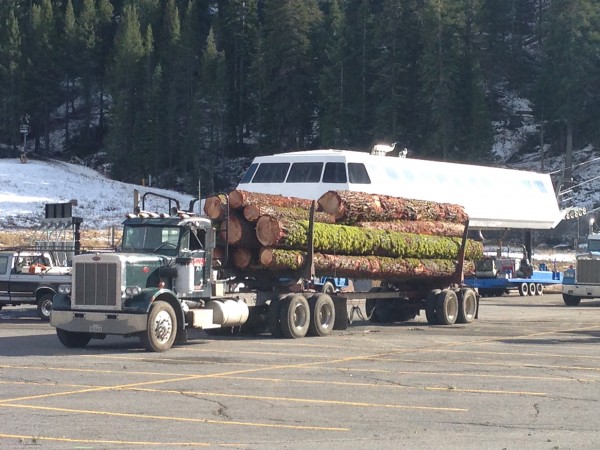
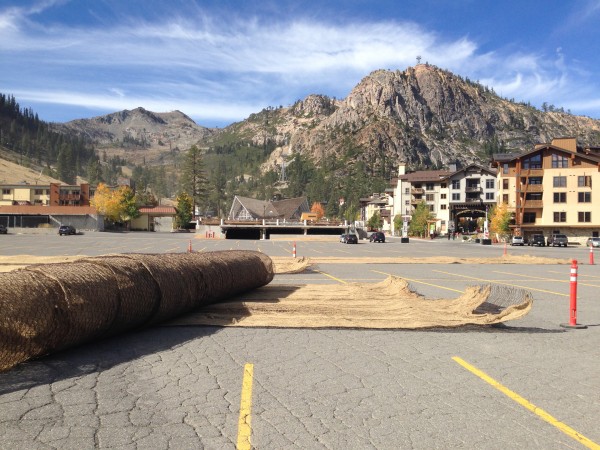
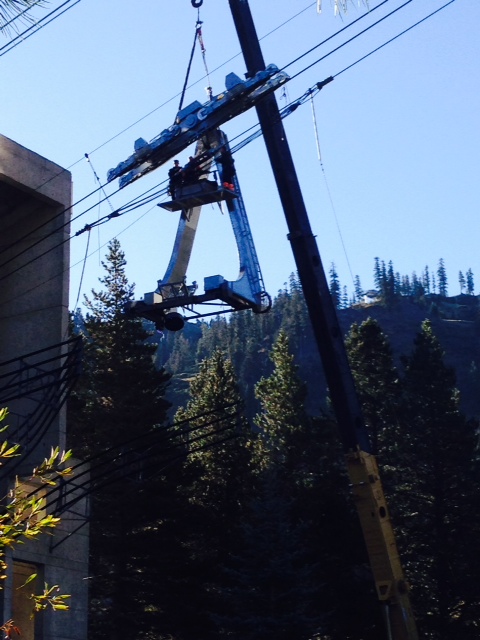
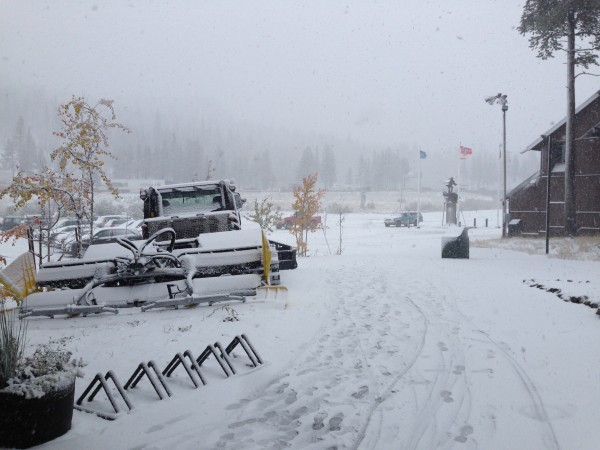
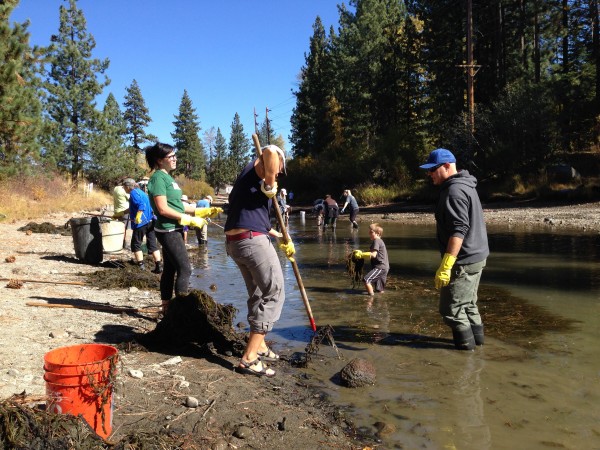
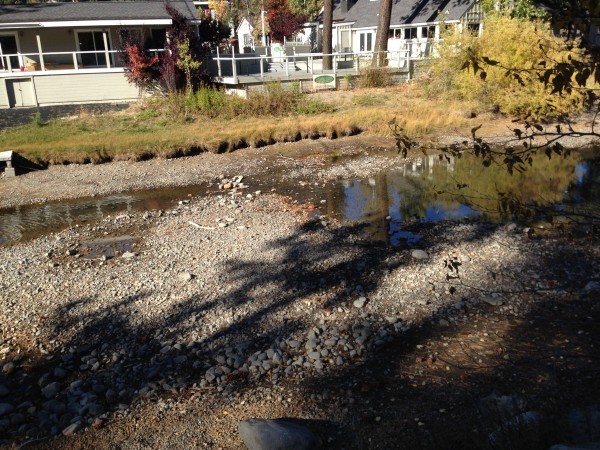
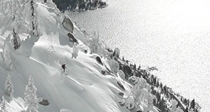
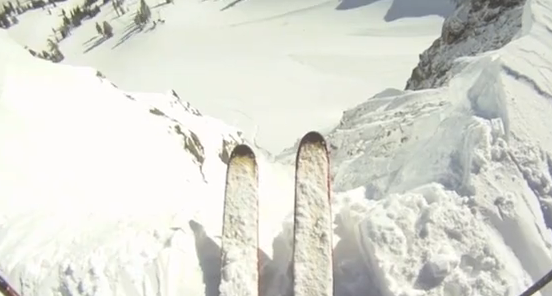


Recent Comments